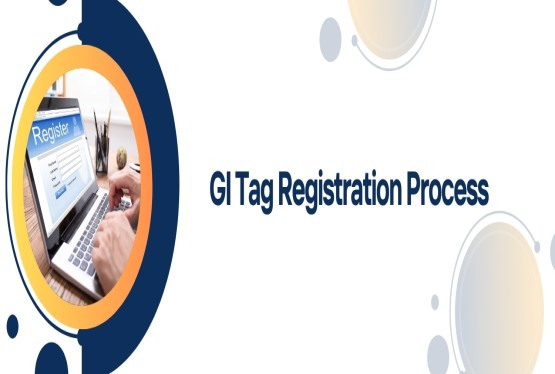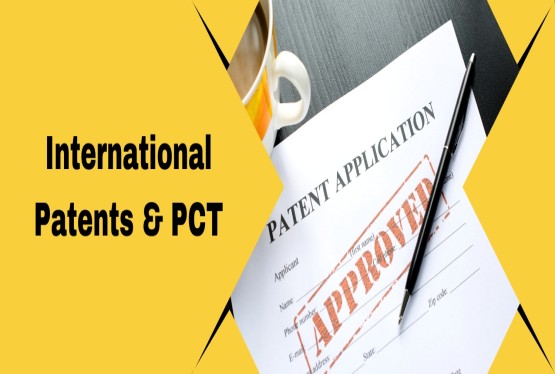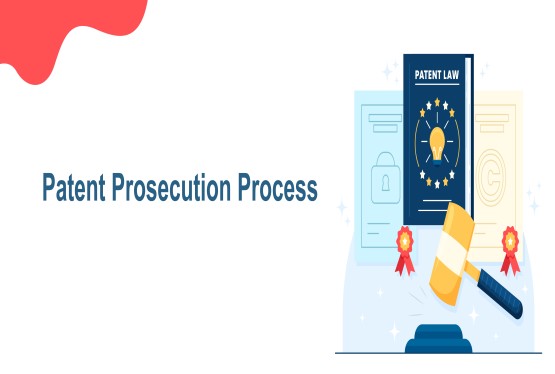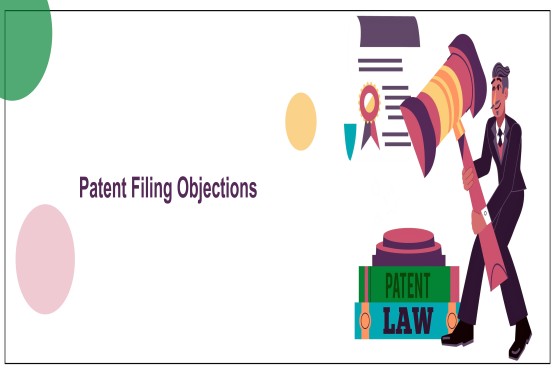The Intellectual Property Appellate Board (IPAB) was an essential component of India’s intellectual property (IP) regime until its abolition in 2021. Established under the Trade Marks Act, 1999, and later empowered to handle disputes and appeals related to other IP laws, the IPAB played an important role in adjudicating complex intellectual property disputes, including those related to trademark registration, trademark infringement, and trademark objection. Its contributions to the evolution of IP jurisprudence in India remain significant. This article explores the origin, structure, functions, landmark cases, and the impact of the IPAB on India's IP landscape, along with an analysis of its abolition and subsequent developments.
Origin and Legal Framework
The Intellectual Property Appellate Board was established on September 15, 2003, under Section 83 of the Trade Marks Act, 1999, as a specialized tribunal to hear appeals against the orders of the Registrar of Trade Marks. Over time, its jurisdiction expanded to include other areas of IP law, including patents, geographical indications, and copyrights.
Key statutes governing the IPAB included
-
The Trade Marks Act, 1999: Under Section 91, appeals against the Registrar’s orders regarding trademarks were filed before the IPAB.
-
The Patents Act, 1970: Section 117A empowered the IPAB to hear appeals against orders of the Controller of Patents.
-
The Geographical Indications of Goods (Registration and Protection) Act, 1999: The IPAB handled disputes and appeals concerning geographical indications.
The IPAB was envisioned as a specialized forum to ensure the speedy resolution of IP disputes and reduce the burden on regular courts, which often lack technical expertise in IP matters.
Structure and Jurisdiction
The IPAB comprised a Chairperson, a Vice-Chairperson, and members with judicial and technical expertise.
-
Judicial Members: These were qualified judges with experience in adjudicating legal disputes.
-
Technical Members: Experts with a background in IP law, science, or engineering were appointed to assist in technical matters, particularly in documents required for filing Patent application related cases.
The IPAB’s jurisdiction extended across India, and it was empowered to hear:
-
Appeals against IP-related decisions: This included orders from the Registrar of Trade Marks, the Controller of Patents, and the Geographical Indications Registry.
-
Rectification and Revocation Applications: The IPAB handled requests to rectify the register of trademarks or revoke patents.
-
Opposition Proceedings: Appeals arising from opposition decisions in trademark or patent applications.
Notable Decisions of the IPAB
The IPAB delivered several landmark judgments that significantly shaped India’s IP jurisprudence.
1. Novartis AG v. Union of India (2013)
Although the final decision in this high-profile case was rendered by the Supreme Court, the IPAB played a crucial role during the earlier stages. The case concerned Novartis's attempt to patent the cancer drug "Glivec." The IPAB rejected Novartis’s application on the grounds that the drug failed the test of “inventive step” and Section 3(d) of the Patents Act, 1970, which prohibits patents for incremental inventions unless they demonstrate enhanced efficacy.
This decision reaffirmed India’s commitment to balancing IP protection with public health concerns and affordable access to medicines.
2. Yahoo Inc. v. Akash Arora (2011)
The IPAB dealt with this case concerning cybersquatting and trademark infringement. Yahoo challenged Akash Arora’s registration of the domain name “YahooIndia.com.” The Board upheld Yahoo’s claim, emphasizing the protection of well-known trademarks and the prevention of consumer confusion.
3. Red Bull AG v. Jain Vinay Kumar (2015)
The IPAB reinforced the concept of trademark dilution in this case. Red Bull successfully argued against the unauthorized use of its mark, highlighting the importance of protecting trademarks from being diluted, even in unrelated industries.
Contributions of the IPAB
-
Speedy Resolution of Disputes: The IPAB offered a streamlined forum for resolving IP disputes, which otherwise languished in overburdened civil courts. By providing a dedicated platform, it significantly reduced the time required to adjudicate cases.
-
Expertise in Technical Matters: With technical members possessing specialized knowledge, the IPAB was better equipped than traditional courts to handle patent disputes involving complex scientific or engineering concepts.
-
Development of IP Jurisprudence: The IPAB contributed to the evolution of Indian IP law through its decisions, particularly in interpreting provisions of the Patents Act and Trade Marks Act.
-
Accessibility: The IPAB’s jurisdiction across India and its simplified procedures made it more accessible to stakeholders, including startups, SMEs, and individual inventors.
Challenges Faced by the IPAB
Despite its contributions, the IPAB faced significant challenges:
-
Infrastructure and Staffing Issues: The IPAB often operated without adequate infrastructure or sufficient judicial and technical members, leading to delays in adjudication.
-
Lack of Autonomy: Critics argued that the IPAB lacked institutional independence, as its members were appointed by the government. This raised concerns about the tribunal’s impartiality.
-
Case Backlogs: Like other judicial bodies in India, the IPAB struggled with a backlog of cases, undermining its objective of expediting IP dispute resolution.
Abolition of the IPAB
The IPAB was abolished in April 2021 through the Tribunal Reforms (Rationalisation and Conditions of Service) Ordinance, 2021. Its functions were transferred to the High Courts, marking a significant shift in India’s IP dispute resolution mechanism.
Reasons for Abolition
-
Inefficiency: Prolonged delays and infrastructure issues hindered the IPAB’s effectiveness.
-
Constitutional Challenges: The Supreme Court, in cases like Madras Bar Association v. Union of India (2014), raised concerns about the lack of independence and autonomy of tribunals, including the IPAB.
-
Overlapping Jurisdictions: Critics argued that the High Courts could efficiently handle IP disputes, eliminating the need for a separate tribunal.
Impact of the Abolition
-
Increased Burden on High Courts: The transfer of IPAB’s functions to High Courts has increased their workload. While High Courts have the expertise to handle IP disputes, the influx of cases may lead to delays.
-
Loss of Specialized Forum: The abolition of the IPAB has deprived stakeholders of a dedicated forum for IP disputes. High Courts may lack the technical expertise that the IPAB provided through its technical members.
-
Streamlining Adjudication: On the positive side, the abolition eliminates the dual-layered system of appeals, allowing disputes to be resolved directly in High Courts.
Case Laws Post-IPAB Abolition
-
Koninklijke Philips N.V. v. Rajesh Bansal (2021): This case, decided by the Delhi High Court, involved a standard-essential patent. The court addressed complex technical issues and demonstrated its ability to handle such disputes effectively in the absence of the IPAB.
-
Christian Louboutin SAS v. Ashish Bansal (2022): The Delhi High Court addressed issues of trademark dilution and well-known marks, highlighting the courts' capacity to adjudicate trademark disputes post-IPAB.
The Way Forward
The abolition of the IPAB has prompted calls for reforms to enhance IP dispute resolution in India:
-
Specialized IP Benches: High Courts could establish dedicated IP benches staffed with judges trained in IP law.
-
Training Programs: Judges and legal professionals should undergo training in handling technical aspects of IP disputes.
-
Mediation and Arbitration: Alternative dispute resolution mechanisms should be promoted for resolving IP disputes efficiently.
Conclusion
The Intellectual Property Appellate Board played an important role in shaping India’s IP landscape by providing a specialized forum for resolving disputes and developing jurisprudence. However, challenges such as inefficiency and lack of autonomy led to its abolition. While the transfer of its functions to High Courts has streamlined the adjudication process, it has also raised concerns about delays and the loss of specialized expertise. Moving forward, India must focus on strengthening its IP dispute resolution framework to support innovation, protect creators, and maintain its global competitiveness in intellectual property. If you need any support you can connect with us at info@ccoffice.in or Call/Whatsapp us on 9988424211.
Freqently Asked Questions
Q1. What was the Intellectual Property Appellate Board (IPAB) and what did it do?
Ans. The Intellectual Property Appellate Board (IPAB) was a specialized tribunal in India that played an important role in resolving disputes related to intellectual property (IP) rights. Established under the Trade Marks Act, 1999, its jurisdiction expanded to cover patents, geographical indications, and copyrights. The IPAB aimed to provide a faster and more efficient forum for resolving IP disputes compared to regular courts, offering expertise in technical and legal aspects of IP law.
Q2. What were some of the landmark decisions of the IPAB?
Ans. The IPAB delivered several landmark judgments that significantly shaped Indian IP law. Notably, in Novartis AG v. Union of India (2013), the IPAB played a crucial role in rejecting Novartis's attempt to patent the cancer drug "Glivec," upholding India's balance between IP protection and public health. In Yahoo Inc. v. Akash Arora (2011), the IPAB protected Yahoo's trademark by preventing the registration of a confusingly similar domain name. Furthermore, in Red Bull AG v. Jain Vinay Kumar (2015), the IPAB reinforced the concept of trademark dilution, emphasizing the importance of protecting trademarks from even unrelated uses that could weaken their brand identity.
Q3. Why was the IPAB abolished?
Ans. The IPAB faced challenges such as delays in adjudication, infrastructure limitations, and questions about its autonomy. These factors, coupled with the government's aim to streamline the judicial system, led to the abolition of the IPAB in 2021. Its functions were subsequently transferred to the High Courts.
Q4. What are the potential impacts of abolishing the IPAB?
Ans. The abolition of the IPAB has both potential benefits and drawbacks. While it might streamline the process by eliminating a layer of appeals, it also increases the burden on already overburdened High Courts. Moreover, the loss of the IPAB's specialized expertise in technical and legal aspects of IP law could potentially impact the quality and efficiency of IP dispute resolution.
Q5. How can India improve its IP dispute resolution system after the IPAB?
Ans. To address the potential challenges arising from the IPAB's abolition, India can consider implementing several measures. These include establishing specialized IP benches within High Courts staffed with judges trained in IP law, providing comprehensive training programs for judges and legal professionals on IP-related matters, and promoting the use of alternative dispute resolution mechanisms like mediation and arbitration to efficiently resolve IP conflicts.






























_(b)_of_the_Trademark_Act,_1999_(1)_crop10_thumb.jpg)



_crop10_thumb.jpg)




























_crop10_thumb.jpg)
_crop10_thumb.jpg)






_crop10_thumb.jpg)








_crop10_thumb.jpg)



_crop10_thumb.jpg)





























_crop10_thumb.jpg)

















_crop10_thumb.jpg)






_crop10_thumb.jpg)











































































































































_crop10_thumb.jpg)




































_crop10_thumb.jpg)












_crop10_thumb.jpg)













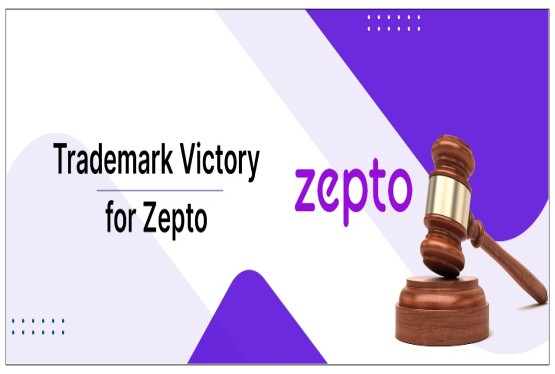

































_crop10_thumb.jpg)

















